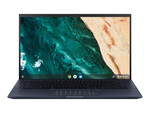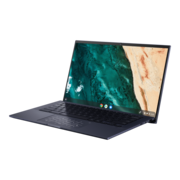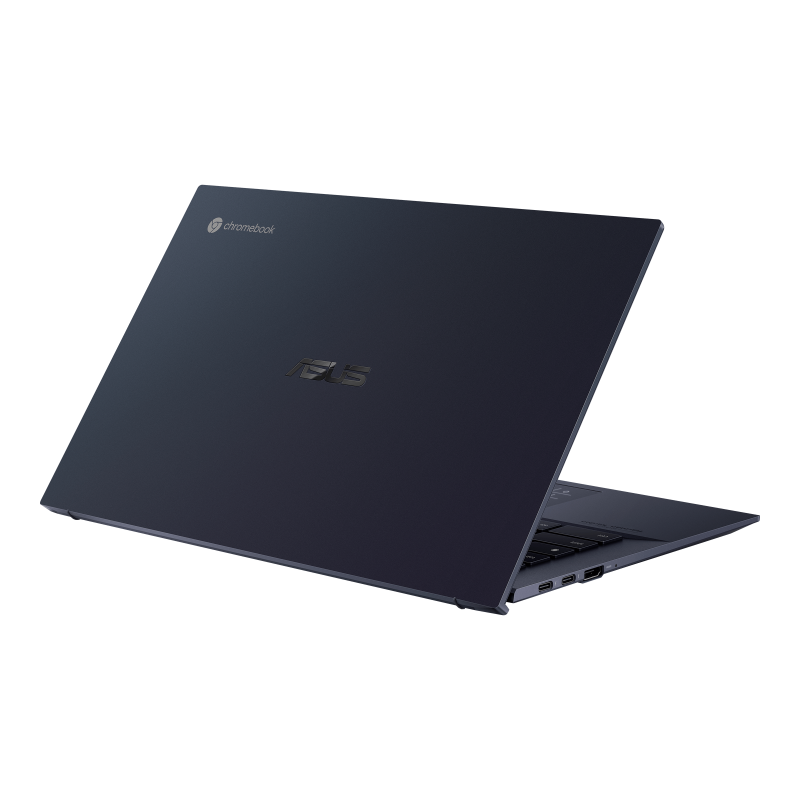Asus Chromebook CX9400, i5-1135G7
Specifications

Price comparison
Average of 1 scores (from 1 reviews)
Reviews for the Asus Chromebook CX9400, i5-1135G7
Source: PC Mag
 Archive.org version
Archive.org versionWe've been impressed with Intel's 11th Generation mobile chips in Windows notebooks, and we're impressed with them in Chrome OS laptops, too. The Asus Chromebook CX9 is costly at $999.99 for our well-equipped Core i5 unit or $1,249.99 for a Core i7 model with a 4K display, but your money buys you a nearly faultless corporate Chromebook, with nothing important missing except maybe mobile broadband for use away from Wi-Fi hotspots. It's light yet sturdy, with great performance, plenty of ports, and a first-class screen and keyboard. A $100 or $200 price cut would have captured it an Editors' Choice award.
Single Review, online available, Medium, Date: 10/21/2021
Rating: Total score: 80%
Comment
Intel Iris Xe G7 80EUs: Integrated graphics card in Intel Tiger Lake G7 SoCs based on the new Gen. 12 architecture with 80 EUs (Execution Units / Shader Cluster). The clock rate depends on the processor model. The Tiger Lake chips are produced in the modern 10nm+ process at Intel.
Modern games should be playable with these graphics cards at low settings and resolutions. Casual gamers may be happy with these cards.
» Further information can be found in our Comparison of Mobile Graphics Cards and the corresponding Benchmark List.
i5-1135G7: A quad-core, mid-range processor of Tiger Lake product family designed for use in ultra-light laptops. The i5 is manufactured on Intel's second-gen 10 nm process marketed as SuperFin and features an 80 EU Iris Xe G7 iGPU. Core i5-1135G7 has a base clock speed of 2.4 GHz as long as it is allowed to consume 28 watts.» Further information can be found in our Comparison of Mobile Processsors.





